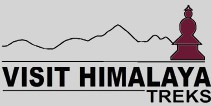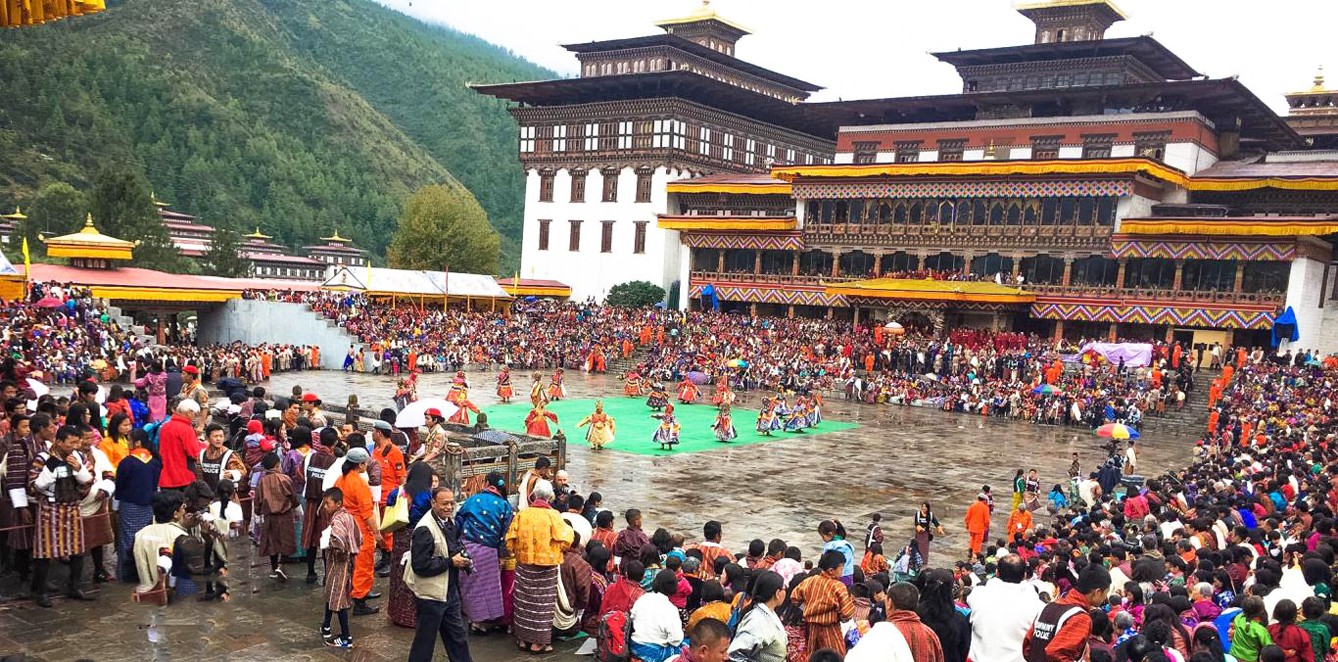After early morning breakfast, and drive to Paro. Arrived in Paro we will take you for a morning hike up to Taktsang Monastery, also known as ‘Tiger’s Nest’. Hanging precariously and magically from a rather steep cliff, the Taktshang monastery is a monument of genuine pride for the Bhutanese nation. It defies architectural principles to the core and amazes tourists from around the world. It is a sight to behold.
Tiger’s Nest
Taktshang or the Tigers lair as the monastery is called, it is widely regarded is one of the most important monuments of spiritual significance in Bhutan. Its history is deeply associated with the visit of Guru Padmasambhava, the revered Indian saint who came to Bhutan in the 8th century AD. The cave was named Taktshang after Guru Rinpoche flew into the cave from Kurtoe Singye Dzong in eastern Bhutan while riding on a tigress. When he landed in the cave, he took the wrathful form of Guru DorjiDrolo who is regarded as one of the eight manifestations of Guru Rinpoche to decimate the demons.
Kyichu Lhakhang
The Jowo Temple of Kyichu is one of the oldest temples in Bhutan. The temple was built by the Tibetan King Songsten Gampo in the 7th Century AD. The Kyichu Lhakhang was one of the 108 temples constructed by him to subdue a demon that was terrorizing the people of the Himalayas.
The Lhakhang underwent many extensions during the ages with the last one being carried out in 1965 by the Queen Mother Ashi Kezang Choden Wangchuck. She added another new structure to the temple called the Guru Lhakhang. As one of the oldest Lhakahangs, it houses many important relics. One of the most important relics of the temple is a 7th-century statue of Jowo Sakyamuni which is believed to have cast at the same time as its famous counterpart in Lhasa Tibet.
Rimpung Dzong
The Paro Dzong is probably Bhutan's best known and most iconic Dzong. This is probably the first building you will notice when you land at Paro International Airport and will probably be your first memory of Bhutan.
The imposing Dzong is perhaps the finest example of Dzong architecture existing the world today, the massive buttered walls of the fortress dominate over the valley. The Rinpung Dzhong's names translate to the " Fortress on a heap of Jewels ".
The approach toward the Dzong is through a traditional covered bridge called the NemiZam. A paved stone path runs alongside the imposing outer walls of the structure. The valley's annual springtime religious festival called the Paro Tsechu is organized each year in the courtyard of the dzong and is attended by tourists from all over the world.
Meals
Breakfast, Lunch, Dinner



